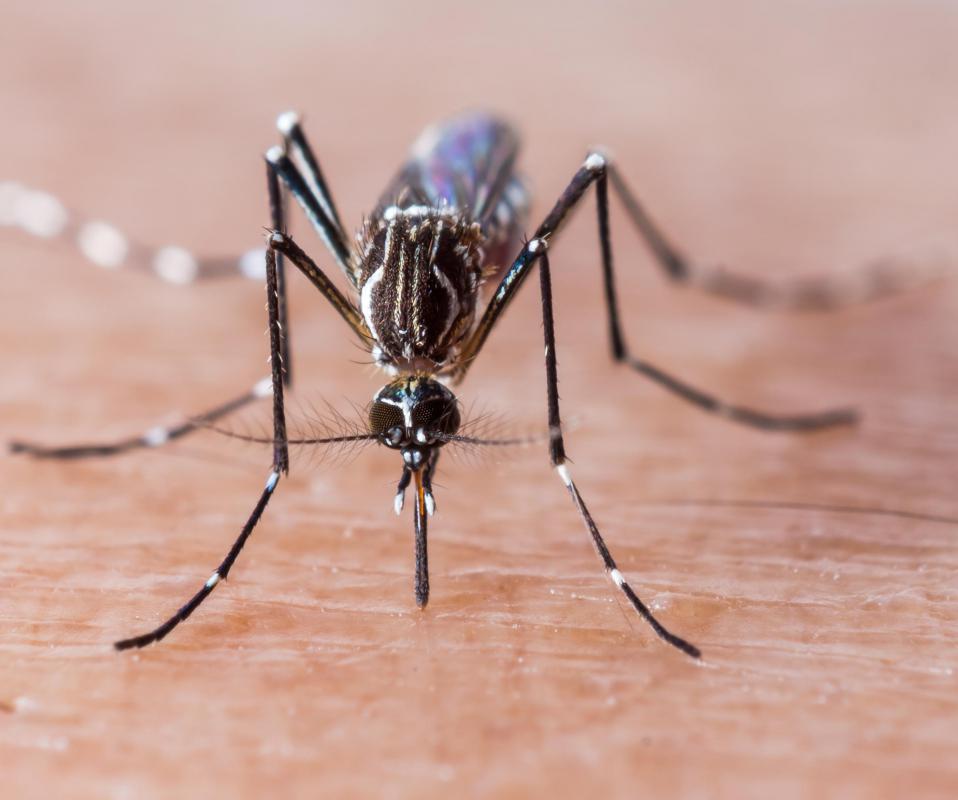At HomeQuestionsAnswered, we're committed to delivering accurate, trustworthy information. Our expert-authored content is rigorously fact-checked and sourced from credible authorities. Discover how we uphold the highest standards in providing you with reliable knowledge.
What Is Spanish Thyme?
Spanish thyme, or Plectranthus amboinicus, is a small tender perennial shrub that is used as a seasoning and also has medicinal applications. Although this plant's country of origin is widely disputed, it appears that it may actually have come from India or Africa. Is known by many different names, including Cuban oregano, Spanish oregano, and Indian borage, and is often confused with other types of thyme. This fragrant herb is easily grown for culinary purposes as well as its ornamental appeal.
This thyme shrub is cultivated for its small, fuzzy rounded gray-green and white leaves that grow opposite each other and resemble those of the coleus plant. It produces small, insignificant purple flowers in mid summer that should be promptly removed to encourage new leaf growth. This plant usually reaches no more than 20 inches (50 cm) in height, but the top should be kept pruned back to promote fullness.

When planting Spanish thyme, care should be taken to provide it with as much sunlight as possible. This causes the plant to produce the maximum amount of essential oil, thereby making it more fragrant and flavorful. Spanish thyme thrives in hot weather and will tolerate poor, dry soil. It will not survive in wet or shady areas and is susceptible to cold. Even the slightest frost will kill this plant, so it may be best to grow it in a pot and bring it indoors during cold weather.

In general, all thymes are easy to start from seed but the tiny seedlings are fragile, slow growing, and tend to get spindly. New plants can also be started from cuttings or root divisions, and these tend to be tougher and sturdier than those started from seed. Young plants can be set outdoors when the soil has warmed and all danger of frost has passed.
Spanish thyme leaves have a slightly peppery taste and can be used either fresh or dried, although fresh is preferable. This thyme variant is often used in combination with other herbs in rubs for fish, seafood, meat, or poultry. The flavor mixes well with beans, rice, stuffing, and salad dressing and can be used as a substitute for sage.
This herb has a camphor-like smell and contains forskolin which has been researched for its ability to improve chronic lung disease, glaucoma, and congestive heart failure. Spanish thyme tea is also said to have a laxative effect and may reduce inflammation and improve digestive problems. Crushed fresh leaves are applied directly on the skin to treat insect bites, stings, and burns.
AS FEATURED ON:
AS FEATURED ON:












Discussion Comments
I live in South Florida and I have two Spanish Thyme plants, one by my kitchen window in a glass flower pot in water and the other is potted outside in my backyard. They have both flourished immensely, but the leaves of the one outside are at least twice if not three times the size of the one inside. They're absolutely gorgeous.
@turkay1-- I think Spanish thyme likes hot weather.
If you look at the different names for this plant-- Spanish thyme, Jamaican thyme, Mexican thyme, Cuban oregano-- all of these places have warm, mild climates.
So Spanish thyme plant is definitely not going to do well in dry or cold weather. You could try covering them in winter with plastic but I still don't think they will last, unless you're in Texas or something.
@ysmina-- How do you manage to grow it outside?
I have Spanish thyme potted in the house. It does fine by the window. I also tried planting it outside and it died very quickly.
There are so many uses of thyme, I use it for so many things. I grow Spanish thyme in my garden. I have a lot of it. I dry some in the sun and store it to use in cooking. The rest I use for medicinal purposes. I leave it in isopropyl alcohol for a few weeks and then use it as a disinfectant and anti-fungal solution.
I also crush some and use the juices and oils to make balm with beeswax. I use this topically for aches and pains. It's great for arthritis pain. Thyme is practically good for everything.
Post your comments